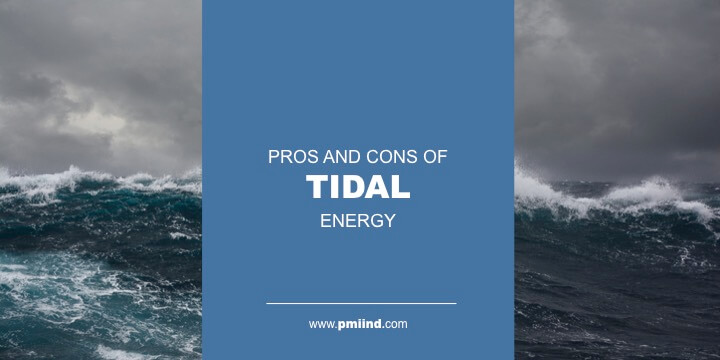Gravity from the sun and moon tugs at the surface of our oceans, creating tides that move massive quantities of water across broad expanses of shoreline twice a day. All that moving water produces kinetic energy we can convert into electrical power.
Though all of the earth’s continents have shorelines and tides, we haven’t done much with all that energy. To date, tidal energy technology generally takes two forms:
- Tidal current converters. These devices are typically underwater turbines that look much like a wind turbine and capture energy from water moving past the blades.
- Coastal barrages. A barrage is a kind of dam across the opening of an estuary. It works much like a hydroelectric plant, except that it uses turbines to capture energy from rising tidewater rather than river water.
Current technologies offer only a glimpse at tidal energy’s potential. To get the whole picture, we need to weigh the pros and cons of tidal energy.
Here’s a quick summary: (more…)



